Home>Garden Essentials>What Is The Amount Of Green Space Per Person In Minnesota
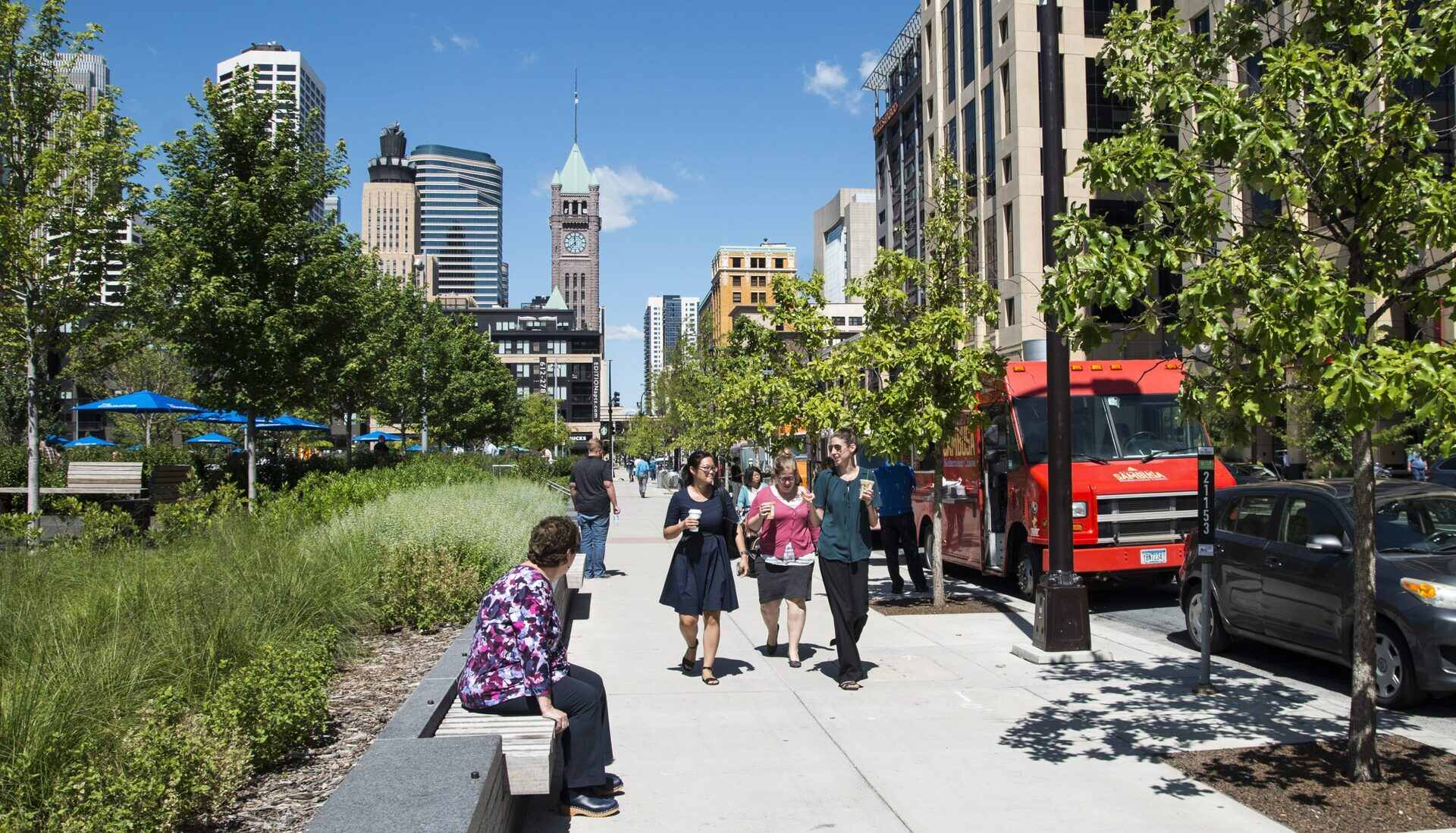

Garden Essentials
What Is The Amount Of Green Space Per Person In Minnesota
Modified: March 7, 2024
Discover the amount of green space per person in Minnesota and how it impacts urban gardens. Enhance your gardening experience with valuable insights from our expert guide.
(Many of the links in this article redirect to a specific reviewed product. Your purchase of these products through affiliate links helps to generate commission for Storables.com, at no extra cost. Learn more)
Introduction
Welcome to the world of green spaces! In this article, we will explore the concept of green space per person in Minnesota and its significance in creating a healthier and more sustainable environment. Green space refers to any area of land that is predominantly covered with vegetation, such as parks, gardens, forests, and even roadside plantings. These spaces provide essential benefits to both individuals and communities, ranging from improved physical and mental health to enhanced biodiversity and climate regulation.
Understanding the amount of green space per person is crucial for planning and maintaining sustainable urban environments. It allows policymakers, urban planners, and residents to gauge the accessibility and availability of natural spaces in their region. Moreover, it helps in identifying areas that may require additional green infrastructure to cater to the needs of the growing population.
Calculating the amount of green space per person involves analyzing various factors, such as the total land area of a region, the available green spaces within that area, and the population residing in the region. By establishing a per capita measure, we can assess the extent to which green spaces are distributed and utilized. Furthermore, this calculation assists in comparing different cities or regions within a state or country to identify disparities and address potential inequalities in access to nature.
Minnesota, often referred to as the Land of 10,000 Lakes, boasts numerous natural wonders, including pristine forests, meandering rivers, and picturesque landscapes. It is a state renowned for its commitment to environmental preservation and sustainability. With an abundance of natural beauty, it is only fitting to explore how much green space this state offers per person.
Key Takeaways:
- Minnesota offers a wealth of green spaces, from bustling cities to picturesque landscapes, providing numerous benefits such as improved health, biodiversity, and community cohesion.
- Challenges in maintaining green spaces include urbanization, funding constraints, and social equity issues, requiring collaborative efforts for sustainable preservation and accessibility.
Read more: How Much Green Space Per Person In The City
Definition of Green Space
Green space can be broadly defined as any area that is predominantly covered with vegetation, including grass, trees, shrubs, and other plants. It encompasses a wide range of natural and semi-natural spaces, such as parks, gardens, forests, wetlands, meadows, and even rooftop gardens.
These spaces play a vital role in creating a harmonious balance between urban development and nature. They provide essential ecosystem services, such as air purification, temperature regulation, water filtration, and carbon sequestration. Additionally, green spaces offer recreational opportunities, promote biodiversity, and contribute to the overall aesthetic appeal of a region.
In urban areas, green spaces are often designed and maintained to provide relief from the concrete jungle. Parks and gardens offer a respite from the hustle and bustle of city life and serve as gathering places for communities. They provide opportunities for physical activity, relaxation, and social interaction.
It’s important to note that green spaces can vary in size and form, ranging from small pocket parks and community gardens to vast nature reserves and national parks. These spaces can be publicly owned, privately owned, or managed through partnerships between public and private entities.
The concept of green space is not limited to traditional outdoor areas. Indoor spaces, such as atriums, green roofs, and vertical gardens, are also considered green spaces. These innovative designs bring nature into urban environments that lack sufficient ground-level green spaces.
Overall, green spaces are integral to creating sustainable and livable cities. They enhance the quality of life for residents, support biodiversity, mitigate the impacts of climate change, and promote a healthy and vibrant environment.
Importance of Green Space
Green spaces hold immense importance for individuals, communities, and the environment. Their presence offers numerous benefits that contribute to a healthy and sustainable society. Let’s explore some of the key reasons why green space is essential:
- Improves Physical and Mental Health: Spending time in green spaces has been linked to improved physical and mental well-being. Engaging in outdoor activities, such as walking, jogging, or gardening, promotes physical fitness and reduces the risk of chronic diseases. Green spaces also provide a calming effect on the mind, reducing stress and enhancing overall mental well-being.
- Enhances Biodiversity: Green spaces provide habitats for a wide range of plant and animal species, contributing to the preservation of biodiversity. Urban green spaces, in particular, play a crucial role in supporting wildlife and promoting a healthy ecological balance within cities.
- Improves Air Quality: Trees and vegetation in green spaces act as natural air filters, absorbing pollutants and releasing oxygen. They help to improve air quality by reducing the levels of harmful substances, such as carbon dioxide, nitrogen dioxide, and particulate matter.
- Reduces Urban Heat Island Effect: Green spaces mitigate the urban heat island effect by providing shade, reducing surface temperatures, and cooling the surrounding environment. This helps to alleviate the adverse impacts of high temperatures in urban areas and creates more comfortable living conditions.
- Manages Stormwater: Green spaces play a vital role in managing stormwater runoff. Vegetation helps to absorb rainwater, reducing the strain on drainage and sewage systems. This helps to prevent flooding, erosion, and the contamination of water bodies.
- Increases Social Interaction and Community Cohesion: Green spaces serve as gathering places for communities, providing opportunities for social interaction and fostering a sense of belonging. They can be venues for events, picnics, and recreational activities, bringing people together and strengthening community bonds.
These are just a few examples of the importance of green space. It is evident that preserving and expanding green spaces is crucial for creating sustainable and livable cities, improving the well-being of residents, and safeguarding the environment for future generations.
Methods Used to Calculate Green Space per Person
Calculating green space per person involves analyzing various factors and utilizing specific methodologies. Listed below are some common methods used to determine the amount of green space available per person:
- Aerial Imagery: Aerial imagery is often used to estimate the total area of green space within a region. High-resolution satellite images or drone photographs can be analyzed to identify and measure green spaces, including parks, forests, and gardens.
- Land Use Maps: Land use maps provide valuable information about the types of land and their designated uses within a specific area. These maps outline the boundaries and locations of green spaces, allowing for a more accurate calculation of the total amount of green space available.
- GIS Analysis: Geographic Information System (GIS) technology is widely used in calculating green space per person. GIS software can overlay various data layers, such as land parcels, vegetation coverage, and population density, to determine the extent of green space and its distribution within a region.
- Field Surveys: Field surveys involve physically visiting green spaces and collecting data on their size, characteristics, and accessibility. Trained surveyors measure and document the area covered by green spaces, including parks, public gardens, and other natural areas, to calculate the total green space per person.
- Census Data: Census data provides information about the population residing in a specific region. By combining census data with data on the total area of green space, it is possible to calculate the green space per person. This method helps in assessing the distribution and adequacy of green spaces in relation to the population.
- Spatial Analysis: Spatial analysis involves analyzing the spatial distribution of green spaces and population density within a given area. This method helps in identifying areas with a high concentration of green spaces as well as areas that lack sufficient access to nature.
It is important to note that different methodologies may yield slightly different results. Therefore, it is crucial to use standardized methods and ensure accuracy in data collection and analysis when calculating green space per person.
By employing these methods, policymakers and urban planners can have a better understanding of the quantity and quality of green space available to individuals within a community or region. This information can guide future planning decisions and strategies to enhance access to green spaces and promote a healthier and more sustainable environment for all.
Data Sources for Green Space in Minnesota
Obtaining accurate and reliable data is crucial when calculating green space per person in Minnesota. There are several key data sources that provide valuable information on the amount and distribution of green space throughout the state. These sources include:
- Minnesota Department of Natural Resources (DNR): The Minnesota DNR is a valuable resource for information on state parks, forests, and natural areas. They maintain detailed records and maps that outline the boundaries and acreage of protected lands, providing essential data for assessing the extent of green space in the state.
- County and City Planning Departments: Local planning departments often collect data on parks, open spaces, and natural areas within their jurisdictions. They maintain inventories of public parks, community gardens, and other green spaces, which can be used to calculate the amount of green space available at the county or city level.
- Land Use and Zoning Maps: Land use and zoning maps provide valuable information on the types of land use within specific areas. These maps highlight areas designated as parks, forests, recreational areas, and other green spaces, helping to identify and quantify the total green space available per person.
- Green Infrastructure Plans: Many cities and municipalities in Minnesota have green infrastructure plans in place. These plans outline strategies for creating and preserving green spaces, including initiatives such as urban forestry, green roofs, and green corridors. These plans can provide valuable information on the extent of existing and future green spaces.
- Satellite Imagery and Remote Sensing Data: High-resolution satellite imagery and remote sensing data can provide a visual representation of green spaces in Minnesota. These images can be used to identify and measure vegetated areas and can serve as a valuable tool for estimating the amount of green space per person.
- Data from Nonprofit Organizations: Nonprofit organizations focused on environmental conservation and urban greening may have compiled data on green spaces in Minnesota. These organizations often conduct their own surveys and assessments to gather information on parks, gardens, and other natural areas within the state.
By combining data from these various sources, researchers and planners can gain a comprehensive understanding of the green space distribution in Minnesota. It is important to ensure that the data used is up-to-date, accurate, and consistent across different sources to ensure reliable calculations of green space per person.
It is worth mentioning that the availability and accessibility of data may vary depending on the specific region or municipality within Minnesota. Therefore, it is essential to consult local authorities and organizations for the most current and relevant information on green space within a specific area.
Read more: What Grass Grows Best In Minnesota
Calculation of Green Space per Person in Minnesota
Calculating the amount of green space per person in Minnesota involves several steps to determine the ratio of available green space to the population. However, it’s important to note that the calculations may vary depending on the specific methodology used and the availability of data. Here is a general outline of the calculation process:
- Collect Data: Gather data on the total land area of Minnesota and the population residing in the state. This information can be obtained from reliable sources such as the U.S. Census Bureau or state government records.
- Determine Green Space Data: Utilize data sources mentioned earlier, such as the Minnesota Department of Natural Resources and local planning departments, to determine the total area of green space in the state.
- Calculate Green Space per Person: Divide the total area of green space by the population to calculate the amount of green space per person. This will provide an average measure of the quantity of green space available to each individual in Minnesota.
- Normalize for Accuracy: To obtain a more accurate representation, it may be necessary to normalize the data by considering factors such as the density of population and the distribution of green spaces within different regions of the state.
For instance, if the total land area of Minnesota is 87,000 square miles and the population is 5.6 million, the calculation will involve dividing the total area of green space by the population:
Green Space per Person = Total Green Space Area / Population
As an example, if the total green space area is determined to be 15,000 square miles, the calculation would be:
Green Space per Person = 15,000 square miles / 5.6 million
This calculation provides an average value representing the amount of green space per person in Minnesota. However, it is important to note that this figure may not accurately represent the specific distribution and accessibility of green spaces throughout the state.
Further analysis and comparison at the regional level can provide a more detailed understanding of the variation in green space per person across different cities, towns, and counties within Minnesota.
Additionally, it’s worth considering that the availability and quality of green spaces can differ significantly between urban and rural areas. Therefore, it is essential to assess the urban-rural divide when evaluating the overall distribution of green space per person in Minnesota.
By calculating the green space per person, policymakers, urban planners, and citizens can gain insights into the adequacy and accessibility of green spaces in Minnesota. This information can be used to inform conservation efforts, urban planning strategies, and the development of policies to enhance green space availability for the overall well-being of the state’s residents.
Minnesota has a total of 10.6 million acres of public and private forest land, which equates to about 17 acres of green space per person in the state.
Comparison of Green Space per Person in Different Cities in Minnesota
When it comes to green space per person, there can be significant variations among different cities in Minnesota. Factors such as population density, land availability, and urban planning strategies can all influence the amount and distribution of green space within a city. Let’s take a closer look at how different cities in Minnesota compare in terms of green space per person:
- Minneapolis: As the largest city in Minnesota, Minneapolis has a diverse range of green spaces, including parks, gardens, and bike trails. Parks like the renowned Minneapolis Chain of Lakes provide ample recreational opportunities for residents. The city boasts a relatively high amount of green space per person compared to other urban areas.
- St. Paul: St. Paul, the state capital, is known for its beautiful parks and nature reserves. Places like Como Park and the Mississippi Riverfront offer residents access to outdoor activities and natural beauty. St. Paul also has a considerable amount of green space per person, contributing to its livability.
- Duluth: Nestled on the shores of Lake Superior, Duluth offers a unique blend of natural landscapes and urban amenities. The city is known for its expansive park system, including Lester Park, Enger Park, and the iconic Lakewalk. Duluth ranks high in terms of green space per person, providing its residents with ample opportunities to enjoy the outdoors.
- Rochester: While Rochester is a rapidly growing city, it places significant importance on preserving green spaces. The city boasts an extensive system of parks, including Silver Lake Park, Quarry Hill Nature Center, and Cascade Lake Park. Rochester maintains a healthy green space per person ratio, contributing to its quality of life.
- Bloomington: Bloomington, home to the famous Mall of America, incorporates green spaces into its urban landscape. Parks such as Hyland Lake Park Reserve and Normandale Lake Park offer residents recreational opportunities and natural beauty. Bloomington maintains a decent green space per person ratio, enhancing the city’s appeal.
It is important to note that cities with higher population densities, such as Minneapolis, St. Paul, and Bloomington, tend to have a slightly lower green space per person ratio compared to less densely populated cities like Duluth and Rochester. However, these cities still prioritize the preservation and creation of green spaces to ensure residents have access to nature.
Urban planning initiatives and ongoing efforts to increase green space in cities across Minnesota are helping to improve the accessibility and quality of natural areas. These initiatives aim to ensure that all residents, regardless of their location within the state, have access to the numerous benefits that green spaces provide.
By comparing the green space per person across different cities, policymakers and urban planners can identify areas that may require additional investment in green infrastructure. This can help in optimizing green space distribution, ensuring that all residents have equal access to nature and the associated health and environmental benefits.
Overall, the diverse cities in Minnesota each offer their own unique green spaces, contributing to the state’s overall green character and commitment to sustainability.
Factors Affecting Green Space per Person in Minnesota
The amount of green space per person in Minnesota can be influenced by various factors that shape the distribution and accessibility of natural areas. Understanding these factors is crucial for policymakers, urban planners, and communities to ensure equitable access to green spaces. Let’s explore some key factors that can affect the green space per person in Minnesota:
- Population Density: Higher population densities in urban areas can put pressure on available land, potentially limiting the space for green areas. Cities with higher population densities may have a lower green space per person ratio compared to less densely populated regions. Balancing population growth and the preservation of green spaces is important to maintain a healthy environment.
- Land Availability: The availability of suitable land for creating green spaces is a critical factor. In areas with limited land availability or high property costs, it may be more challenging to allocate space for parks, gardens, and other green areas. Urban planning strategies should consider creative solutions, such as green roofs or vertical gardens, to maximize green space within limited land areas.
- Urban Planning Policies: Urban planning policies and regulations play a significant role in determining the amount and distribution of green space. Cities that prioritize sustainable and green development, such as through mandatory green space requirements in new developments or the creation of green corridors, tend to have higher green space per person ratios compared to areas with less comprehensive planning policies.
- Community Engagement: Active community participation in advocating for green spaces can positively impact their availability and quality. Communities that mobilize initiatives, such as community gardens or neighborhood park revitalizations, can contribute to increasing green space per person and fostering a sense of ownership and pride in their local environment.
- Equity Considerations: It is crucial to ensure equitable access to green spaces across different neighborhoods and communities in Minnesota. Disparities in green space distribution may disproportionately affect marginalized or low-income communities. Efforts should be made to address these inequities and ensure that all residents, regardless of their socioeconomic background or geographical location, have equal access to nature and its benefits.
- Conservation Efforts: Protecting and preserving existing natural areas is essential for maintaining green space per person in Minnesota. Conservation efforts, such as the designation of nature reserves, conservation easements, and the restoration of degraded landscapes, contribute to increasing the overall amount of green space available to residents.
By understanding these factors, stakeholders can work collaboratively to develop sustainable urban planning strategies and policies that prioritize the creation, preservation, and accessibility of green spaces throughout Minnesota. This will help to ensure that future generations can continue to enjoy the numerous benefits that green spaces provide, including improved physical and mental well-being, enhanced biodiversity, and a higher quality of life.
Benefits of Increasing Green Space per Person
Increasing green space per person in Minnesota offers a multitude of benefits that positively impact individuals, communities, and the environment. Let’s explore some of the key advantages of having more green space per person:
- Improved Physical and Mental Health: Living near green spaces encourages active lifestyles and physical activity. Access to parks and recreational areas promotes exercise, reducing the risk of obesity and related health issues. Additionally, spending time in nature has been linked to reduced stress levels, improved mental well-being, and enhanced cognitive function.
- Enhanced Biodiversity and Ecological Balance: Green spaces provide habitats for plants, animals, and insects, contributing to the preservation of biodiversity. Increasing green space helps support a wider range of species, including pollinators, birds, and beneficial insects. This promotes a healthier and more diverse ecosystem, which is vital for the overall health of the environment.
- Climate Regulation and Air Quality Improvement: Trees and vegetation in green spaces play a critical role in climate regulation by absorbing carbon dioxide and releasing oxygen. They also help mitigate the urban heat island effect by providing shade and cooling the surrounding areas. Green spaces act as natural air filters, reducing air pollution and improving air quality.
- Social and Community Benefits: Green spaces serve as gathering places for social interaction, community events, and cultural activities. They foster a sense of belonging and community cohesion, strengthening social ties and promoting a sense of pride and ownership over shared public spaces.
- Improved Resilience to Extreme Weather Events: Green spaces help mitigate the impacts of extreme weather events, such as heavy rainfall and heatwaves. They contribute to stormwater management by absorbing and filtering rainwater, reducing the risk of flooding and improving water quality. Furthermore, green spaces act as natural buffers, reducing the heat stress in urban environments during hot weather.
- Economic Benefits: Green spaces enhance property values and encourage economic activity. Access to parks and natural areas boosts nearby property values, attracting residents and businesses. Green spaces also contribute to tourism and recreational industries, generating revenue and creating job opportunities.
- Improved Quality of Life: Living in close proximity to green spaces enhances the overall quality of life. Access to nature contributes to a sense of well-being, relaxation, and rejuvenation. Green spaces provide residents with opportunities for leisure activities, contact with nature, and a break from the fast-paced urban environment.
Increasing the amount of green space per person in Minnesota is essential for creating sustainable and livable communities. By prioritizing the preservation of existing green spaces and incorporating thoughtful green infrastructure in urban planning, stakeholders can ensure that residents have equal access to nature and enjoy the numerous benefits it provides.
Furthermore, these green spaces not only enhance the physical and mental well-being of individuals but also contribute to the preservation of ecological balance, climate resilience, and overall community vibrancy. Investing in green space is an investment in the health and prosperity of Minnesota’s residents and the environment.
Read more: How Many Gallons Per Minute Is A Garden Hose
Challenges in Maintaining Adequate Green Space per Person
While increasing green space per person in Minnesota brings numerous benefits, there are also challenges that need to be addressed to ensure the preservation and accessibility of natural areas. These challenges include:
- Urbanization and Land Scarcity: As urban areas expand, the demand for land for housing, infrastructure, and commercial development increases. This can result in the loss of green spaces, as they may be repurposed for construction projects. Balancing the need for development with the preservation of green spaces is a key challenge.
- Contaminated Land: Some potential green space areas may have contaminated soil due to past industrial activities or pollution. Cleaning up and reclaiming contaminated land can be a complex and costly process, posing a challenge to creating new green spaces in urban areas.
- Funding and Resources: The creation and maintenance of green spaces require financial resources, including funding for land acquisition, infrastructure development, and ongoing maintenance. Local governments and communities may face challenges in securing adequate funding and resources to establish and sustain green spaces.
- Social Equity: Ensuring equitable distribution and accessibility of green spaces is essential to prevent disparities among different neighborhoods and communities. Historically marginalized communities may lack access to quality green spaces, perpetuating inequalities in health and well-being. Addressing these disparities and promoting equal access for all is a crucial challenge.
- Fragmentation and Connectivity: Fragmentation of green spaces due to urban development can limit their effectiveness in supporting biodiversity and providing continuous natural habitats. Maintaining connectivity between green spaces through ecological corridors is essential for wildlife movement and ecological resilience.
- Maintenance and Management: Green spaces require regular maintenance, including upkeep of trails, playgrounds, and infrastructure, as well as ongoing landscape management. Ensuring proper management and maintenance of green spaces can be a challenge, particularly in areas with limited resources or staff.
- Climate Change and Natural Disasters: Climate change and extreme weather events pose additional challenges to maintaining green spaces. Rising temperatures, increased precipitation, and more frequent natural disasters can affect the health and resilience of green spaces. Adaptation strategies must be employed to ensure the long-term sustainability and effectiveness of green infrastructure.
Addressing these challenges requires collaborative efforts among government agencies, community organizations, and individuals. Strategies may involve adopting sustainable urban planning practices, engaging in community-driven initiatives, securing funding from both public and private sources, and implementing policies that prioritize the preservation and creation of green spaces.
By recognizing and overcoming these challenges, Minnesota can continue to develop and maintain adequate green space per person, ensuring a sustainable and vibrant environment for current and future generations.
Conclusion
Green spaces play a vital role in creating healthy, sustainable, and vibrant communities. In Minnesota, understanding the amount of green space per person is essential for planning and maintaining livable urban environments. Throughout this article, we have explored the definition of green space, its importance, and the methods used to calculate and compare green space per person in different cities.
Minnesota, with its breathtaking natural beauty and commitment to environmental preservation, offers a wealth of green space to its residents. From the bustling cities of Minneapolis and St. Paul to the picturesque landscapes of Duluth and Rochester, each city has its own unique green spaces and opportunities for outdoor recreation.
Increasing green space per person in Minnesota brings a wide range of benefits. It improves physical and mental health, enhances biodiversity, contributes to climate regulation, and fosters social interaction and community cohesion. By increasing the availability and accessibility of green spaces, individuals can enjoy a higher quality of life, while communities experience numerous environmental, economic, and social advantages.
However, there are challenges in maintaining adequate green space per person. Urbanization, land scarcity, funding constraints, and social equity issues can hinder the preservation and creation of green spaces. It is crucial to address these challenges through sustainable urban planning, community engagement, and equitable distribution of green spaces.
Moving forward, stakeholder collaboration is essential to ensure the long-term preservation and accessibility of green spaces in Minnesota. By adopting thoughtful urban planning strategies, securing adequate funding, and engaging communities in the decision-making process, we can continue to enhance green space per person and create thriving and sustainable cities throughout the state.
In conclusion, green spaces are not just luxuries; they are necessities for the well-being of individuals, communities, and the environment. By valuing and investing in green spaces, Minnesota can continue to be a beacon of environmental stewardship, offering its residents a high quality of life and a close connection to the natural world.
Frequently Asked Questions about What Is The Amount Of Green Space Per Person In Minnesota
Was this page helpful?
At Storables.com, we guarantee accurate and reliable information. Our content, validated by Expert Board Contributors, is crafted following stringent Editorial Policies. We're committed to providing you with well-researched, expert-backed insights for all your informational needs.

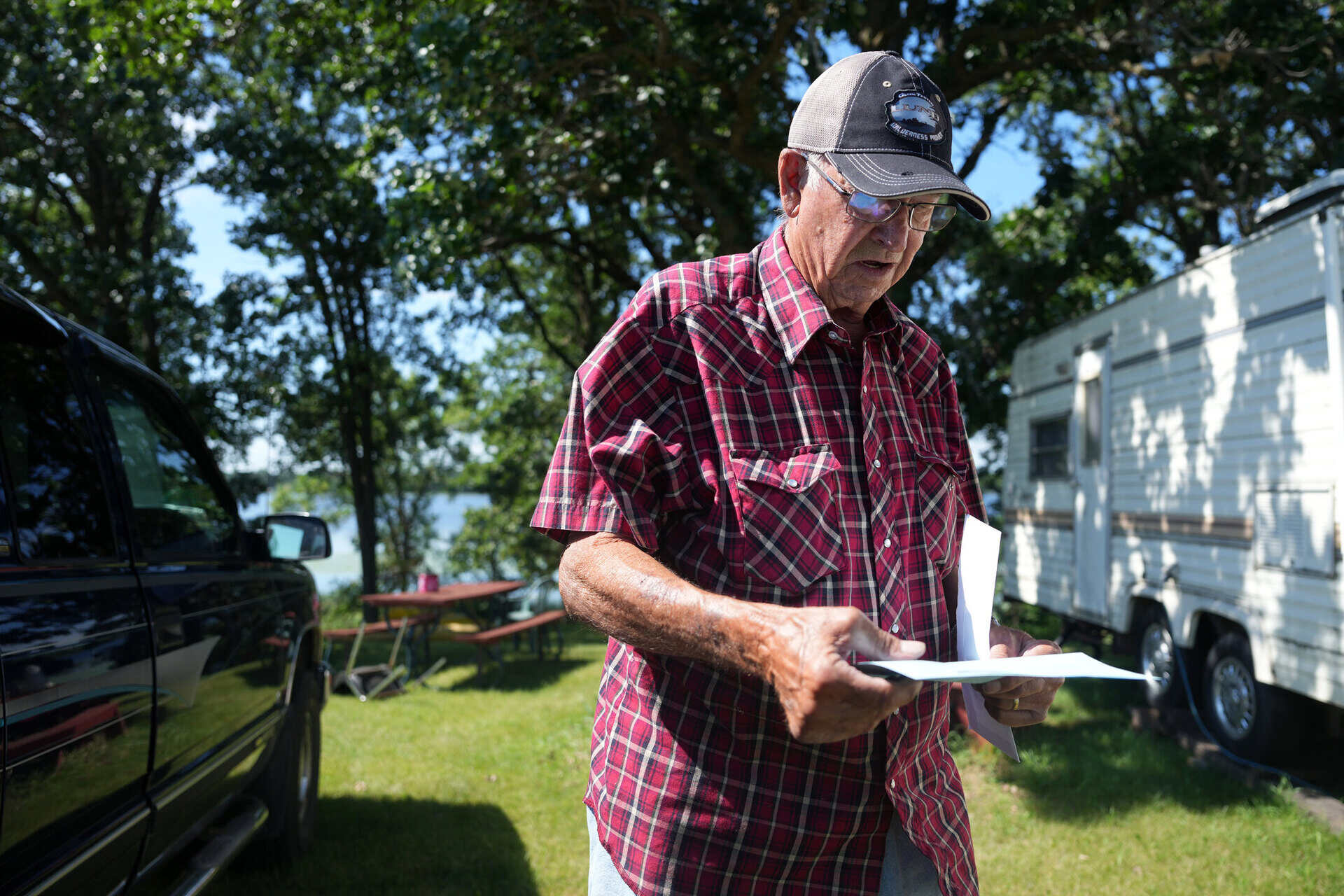
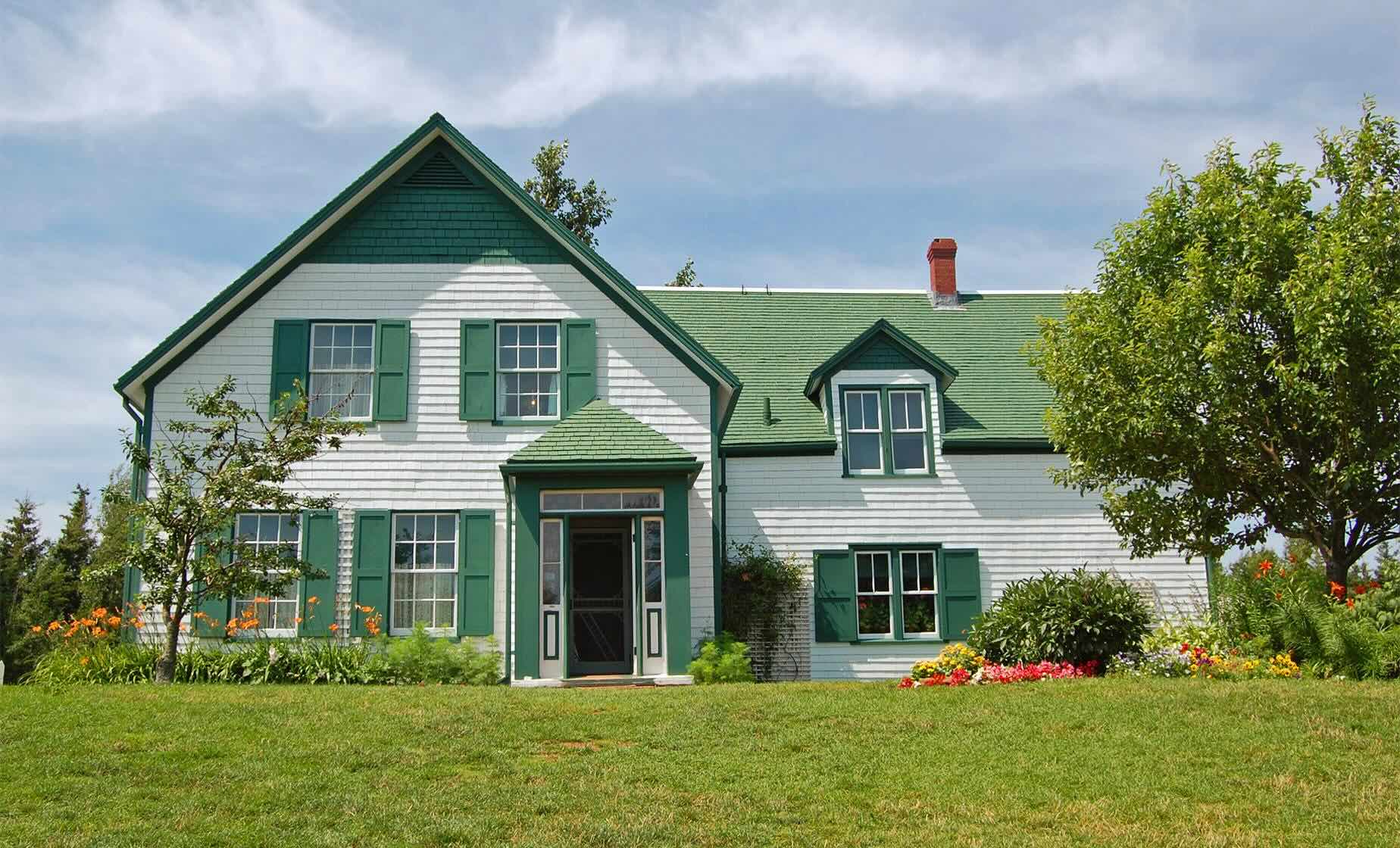
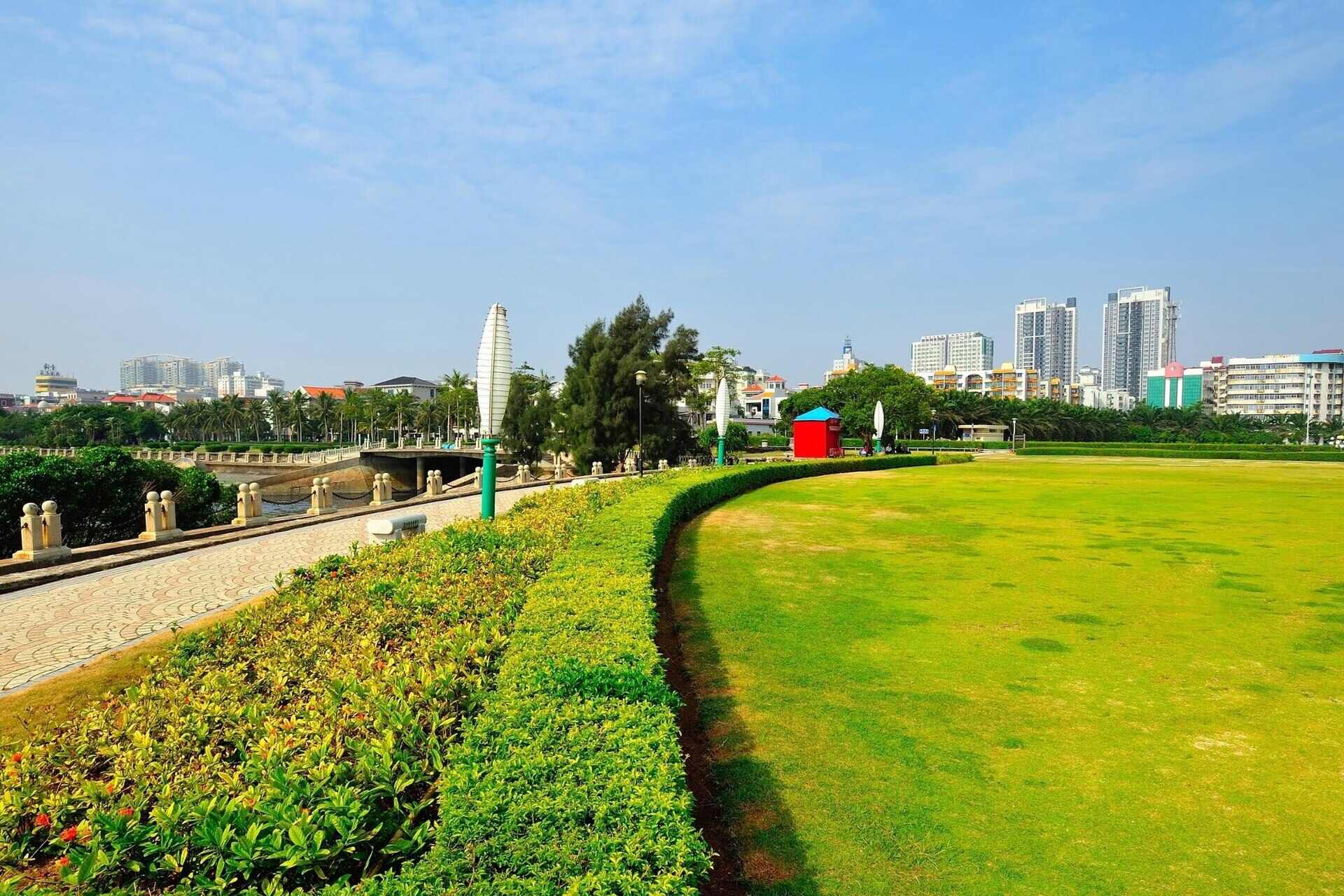
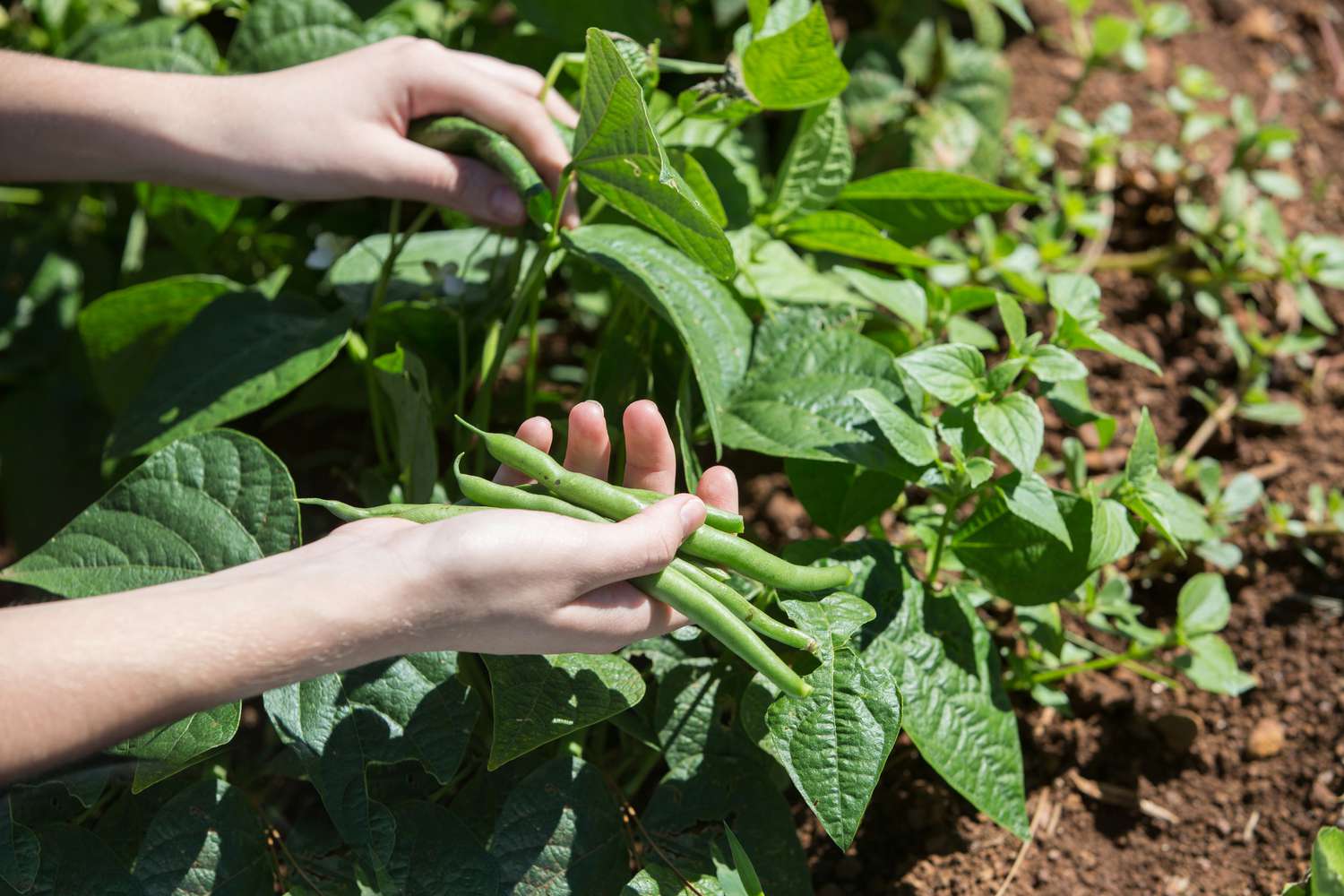


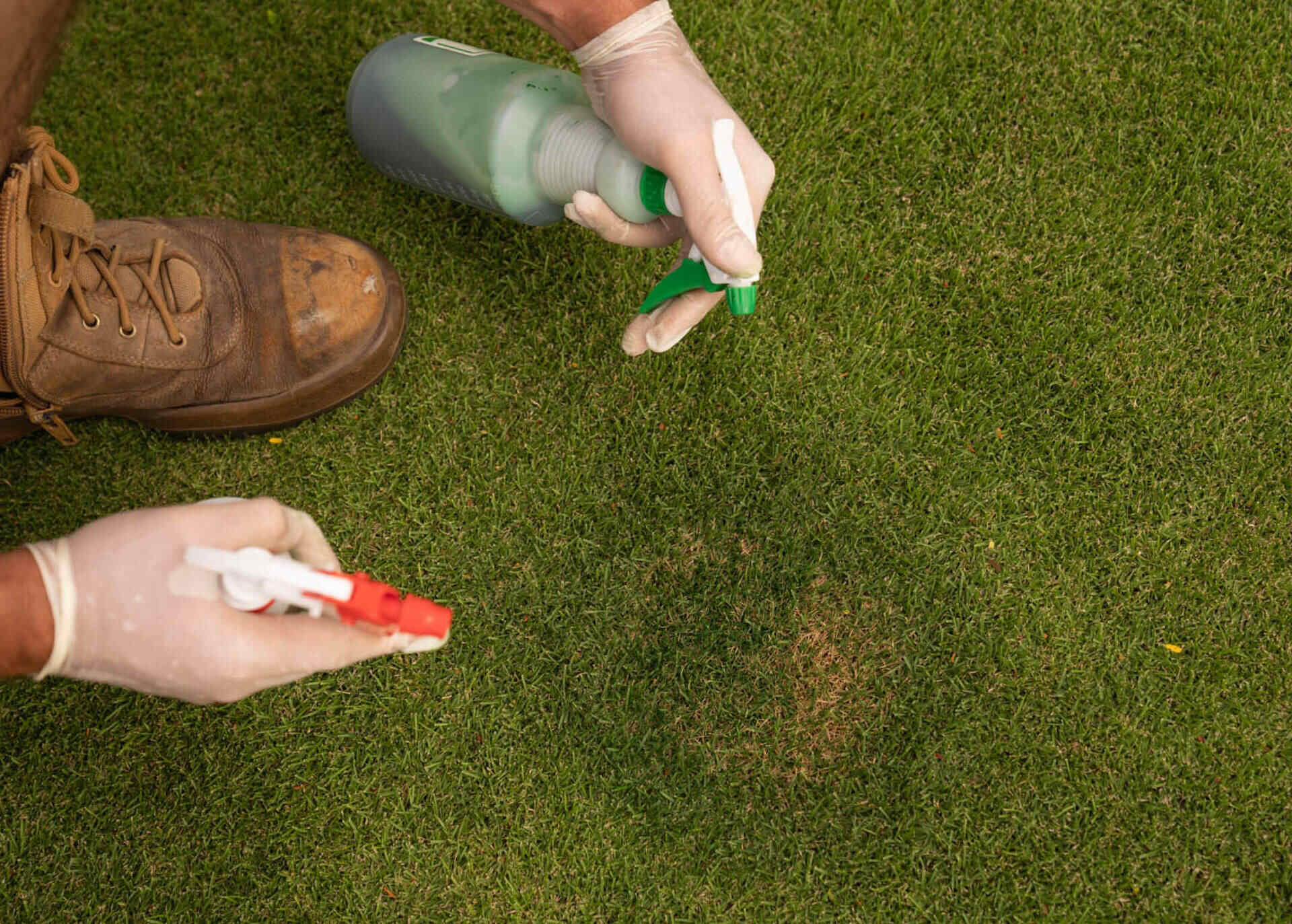
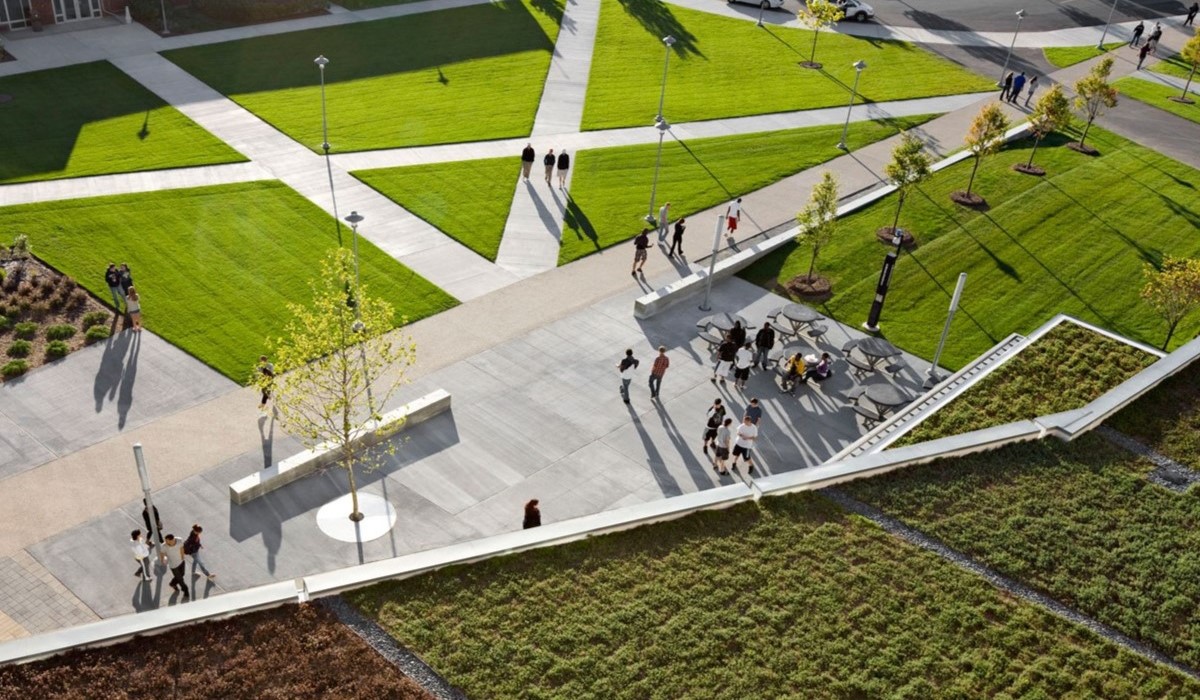
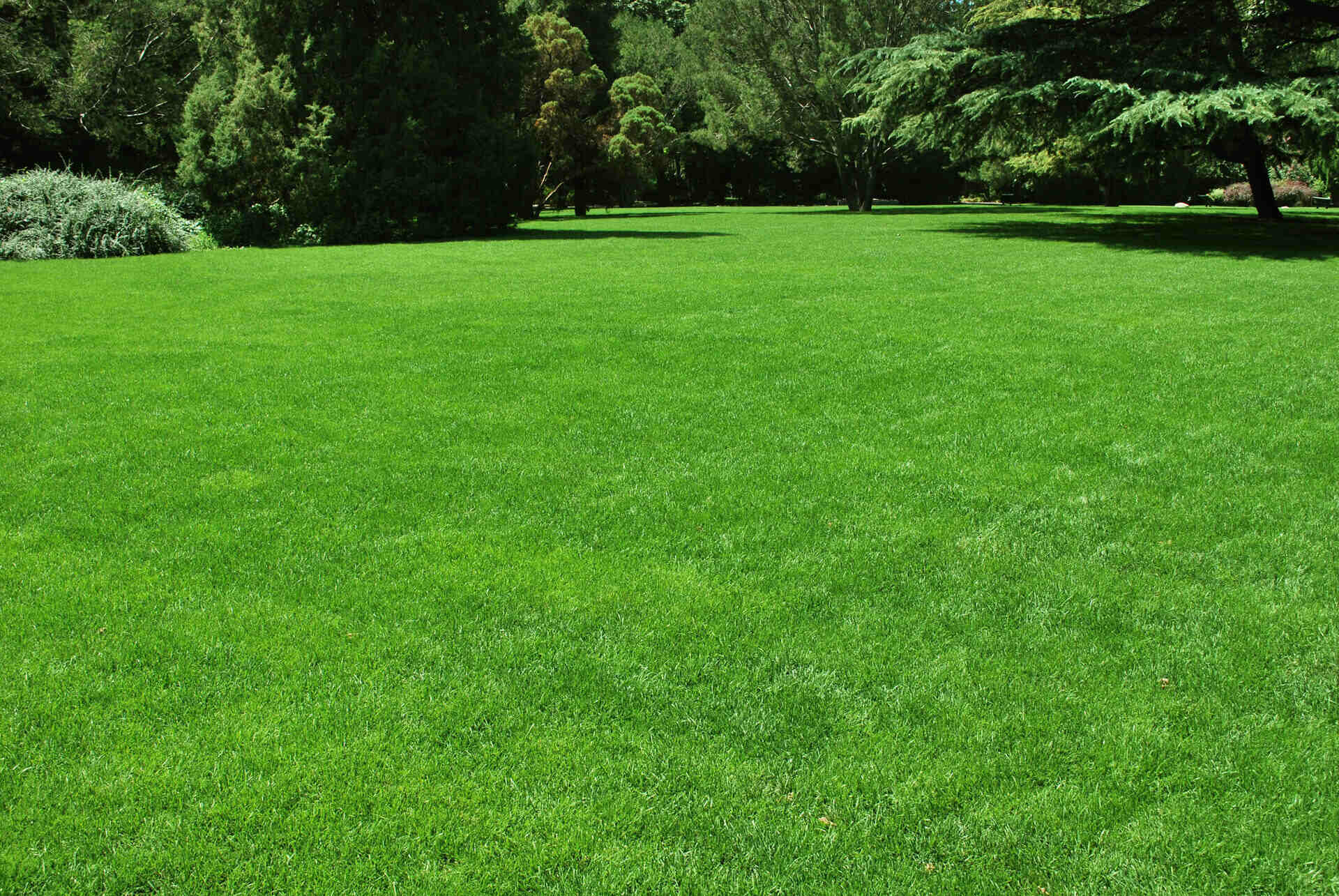

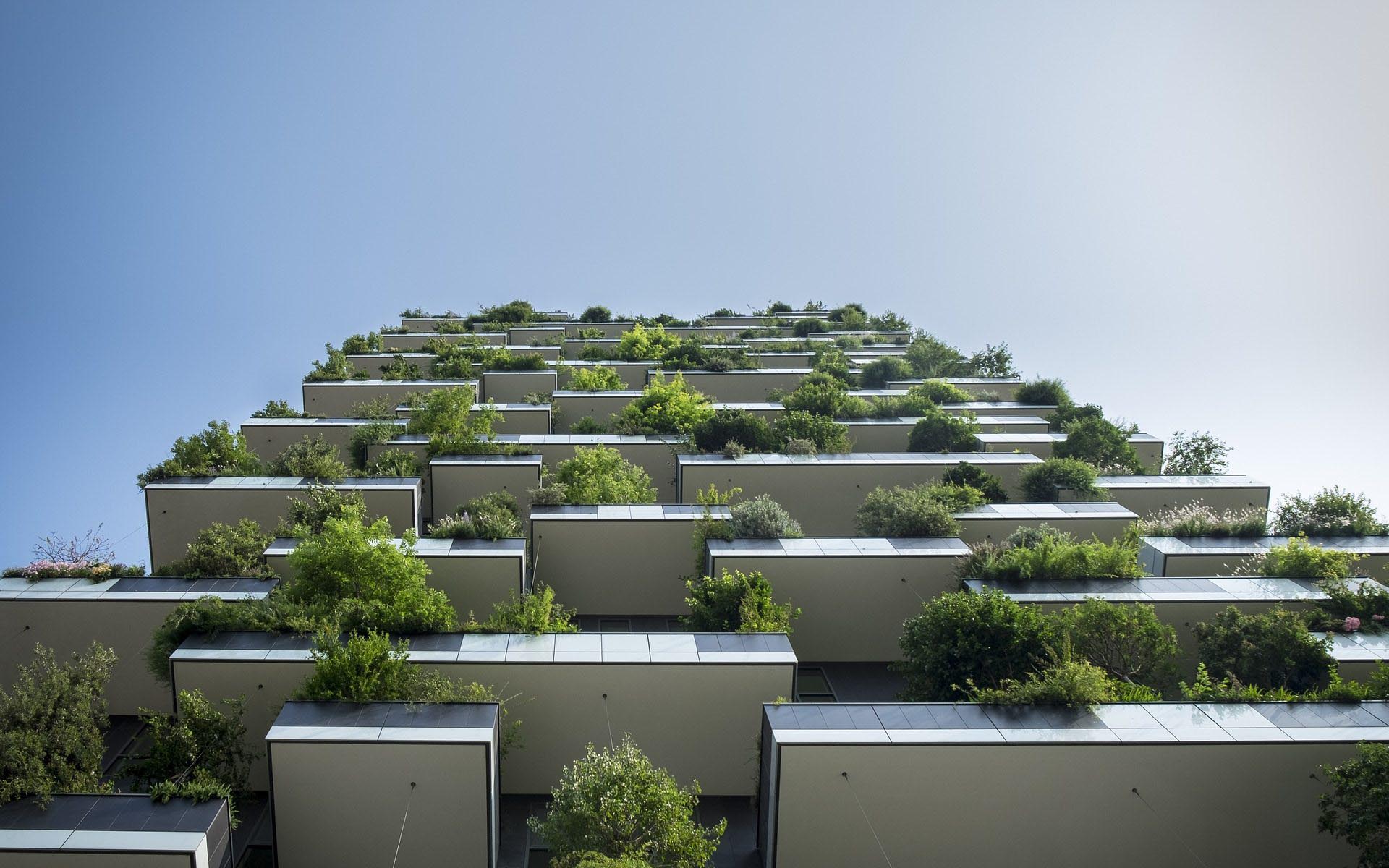
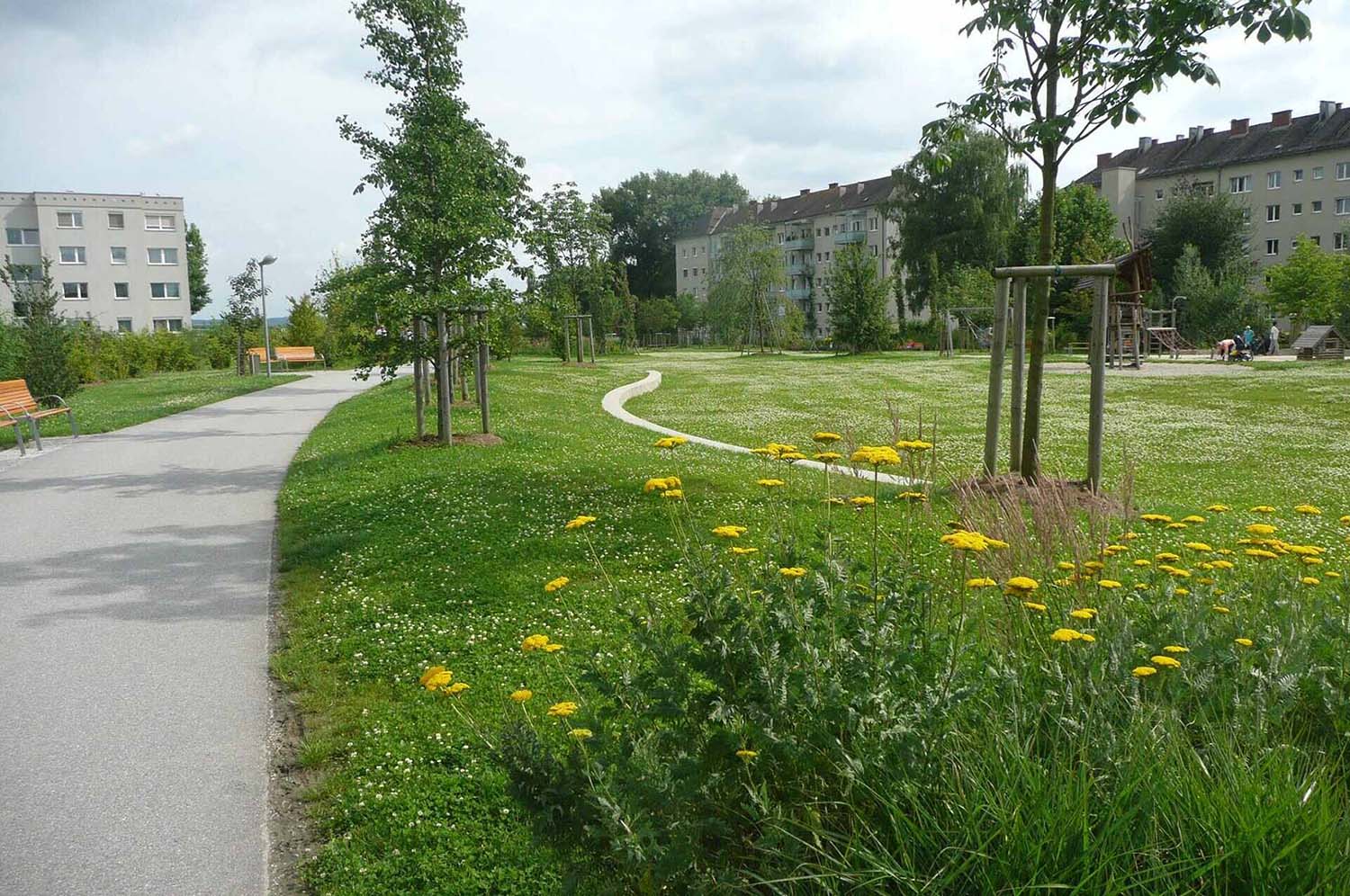

0 thoughts on “What Is The Amount Of Green Space Per Person In Minnesota”